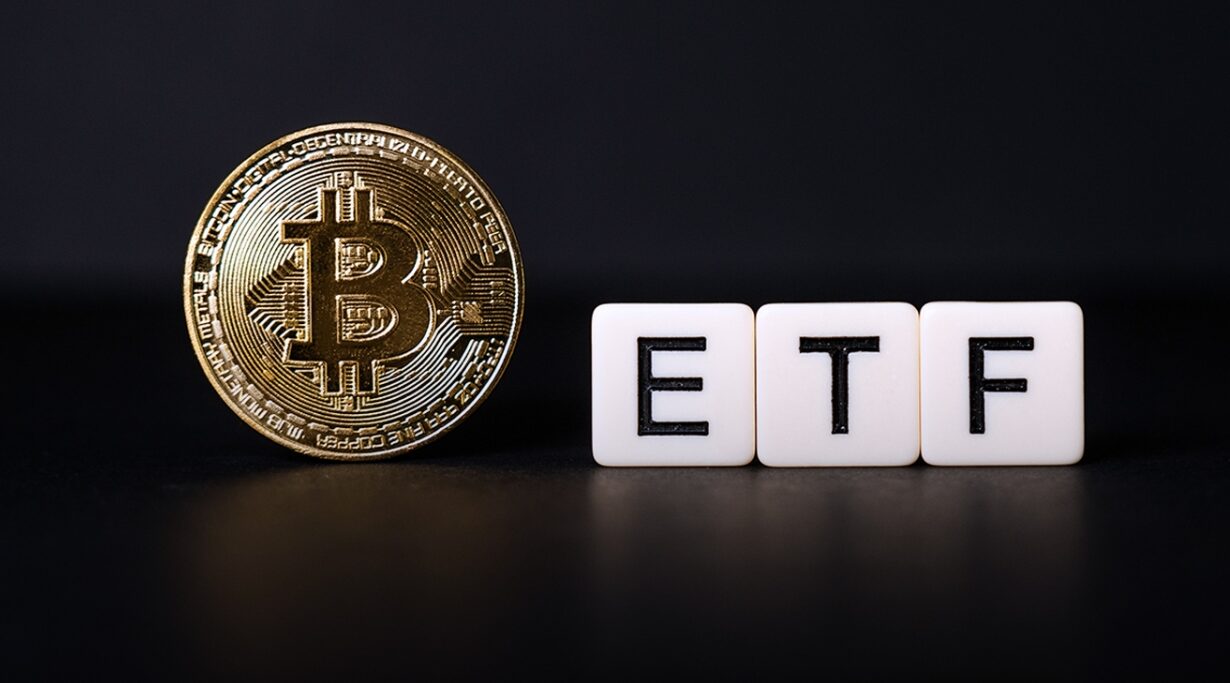Cryptocurrency market surge, with Bitcoin (BTC), Ethereum (ETH), and XRP driving a broad-based gain, cryptocurrency markets are seeing a rebirth. Fueled by institutional momentum and regulatory successes, Bitcoin went beyond $35,000 for the first time in 18 months; Ethereum recaptured $1,800; XRP jumped 25% in a week. Key causes cited by analysts as increasing hope about Bitcoin ETF approvals, Ethereum’s protocol improvements, and XRP’s legal clarity are, with a 15% leap in global crypto market valuation, adding $300 billion in value, individual and institutional investors show fresh interest.
Though there is great momentum, doubt still exists. Persistent inflation, geopolitical unrest, and macroeconomic uncertainty could cause the rise to be thrown off. Critics caution that the volatility of cryptocurrencies still poses a threat; historical trends point to possible corrections just ahead. The question controlling markets is whether this marks the beginning of another speculative bubble set to implode or a continuous bull run.
Bitcoin ETF Approval
Driven by hope over the adoption of the Bitcoin ETF, the price of Bitcoin broke $35,200, its highest since May 2022. Concerned about custody and market manipulation, asset managers like BlackRock, Fidelity, and Ark Invest filed updated filings with the SEC. From 50% in September, analysts today project a 75% chance of approval by January 2024. Approval would release institutional capital; JPMorgan estimates $30 billion in inflows over six months.

There lurks the April 2024 Bitcoin halving. Historically, the event, which cuts mining rewards and new supply, has preceded bull markets—early positioning by investors bets on the post-halving shortage. According to on-chain data, long-term holders of Bitcoin own 76% of its supply, the highest since December 2020. However, miner reserves fell to 1.82 million BTC, a five-year low, suggesting possible sale pressure as halving gets underway.
Ethereum Price Surge
The Cryptocurrency market surge by speculating on spot ETF approvals, and Ethereum jumped 22% to $1,850. The absence of an appeal by the SEC on its Grayscale ETF loss led to speculations about Ethereum following the regulatory route of Bitcoin. Though the SEC has not yet said, BlackRock’s Ethereum Trust application in Delaware lends credence.
Aiming to lower layer-2 transaction prices by 90% through proto-danksharding, the Cancun-Deneb upgrade, slated for Q1 2024, with 28% of Ethereum supply locked in validators, the staking environment of Ethereum keeps growing. The network’s 4.2% annualized staking yield draws institutions looking for low-risk profits. Lido Finance rules the industry, holding thirty-two percent of the staked ETH.
XRP Legal Victory
XRP rose to $0.65 after Judge Analisa Torres turned down the SEC’s appeal about Ripple Labs. Setting a standard for other cryptocurrencies, the decision again confirmed that XRP is not a security in secondary sales. In October, major U.S. exchanges, including Coinbase and Kraken, relisted XRP and restored liquidity.
Ripple’s relationships are growing. While Japan’s SBI Holdings debuted XRP-backed loans, the National Bank of Georgia chose Ripple’s CBDC platform for its digital lari pilot. Aiming to deploy XRP for cross-border settlements, Ripple CEO Brad Garlinghouse revealed talks with central banks in 20 nations. Should the SEC settle its lawsuit, analysts estimate XRP may retest at $0.93.
Altcoins See Surge
Altcoins did as Bitcoin did. Driven by institutional investment, Solana (SOL) climbed forty percent to $32, almost matching its 2023 high. Franklin Templeton and VanEck applied for Solana ETFs in Canada, declaring increasing acceptability. Launching its Cross-Chain Interoperability Protocol (CCIP), a bridge for tokenized assets, Chainlink (LINK) surged 30%.
Meme coins subverted their reputation. Retail traders returned, and Dogecoin (DOGE) and Shiba Inu (SHIB) gained 20% and 35%, respectively. Though developers caution against speculative dangers, Shibarium, SHIB’s layer-2 blockchain, handled 1.2 million transactions in October. “Meme coins thrive on hype, not utility,” CoinShares analyst James Butterfill said.
Macroeconomic Crypto Surge
The surge of cryptocurrencies fits a more general risk-on change. Markets pricing a Fed delay caused the U.S. Dollar Index (DXY) to drop to 105, a six-month low. Bond yields fell; the 10-year Treasury note dropped to 4.5%, relieving pressure on growth assets, including IT stocks and cryptocurrencies. Data on inflation softened. With September’s CPI at 3.7%, below expectations, hopes that the Fed’s raising cycle is ending grew. With a 30-day correlation with gold hitting 0.6, a two-year high, Bitcoin’s inflation-hedge story seems to inspire fresh confidence. Claiming macroeconomic uncertainties, MicroStrategy increased 6,000 BTC to its holdings in October.
Conclusion
The cryptocurrency market surge comeback shows the junction of macroeconomic tailwinds, technical innovation, and institutional hope. Legal triumphs for XRP, Ethereum’s improvements, and Bitcoin’s ETF chances have given investors hope and pulled money back into digital assets. Burned by the crisis of 2022, retail traders are carefully re-entering while institutions strengthen their commitments.
Still, there are obstacles. Macroeconomic shocks, technological fixes, and regulatory crackdowns could quickly undo advances. Approvals of Bitcoin ETF, Ethereum’s upgrade execution, and global regulatory certainty define sustainability. The bulls have momentum right now; today’s surge could be tomorrow’s reckoning in the fickle field of cryptocurrencies. Investors have to negotiate between enthusiasm and prudence since the future of cryptocurrencies is still erratic, much as it was in the past.


